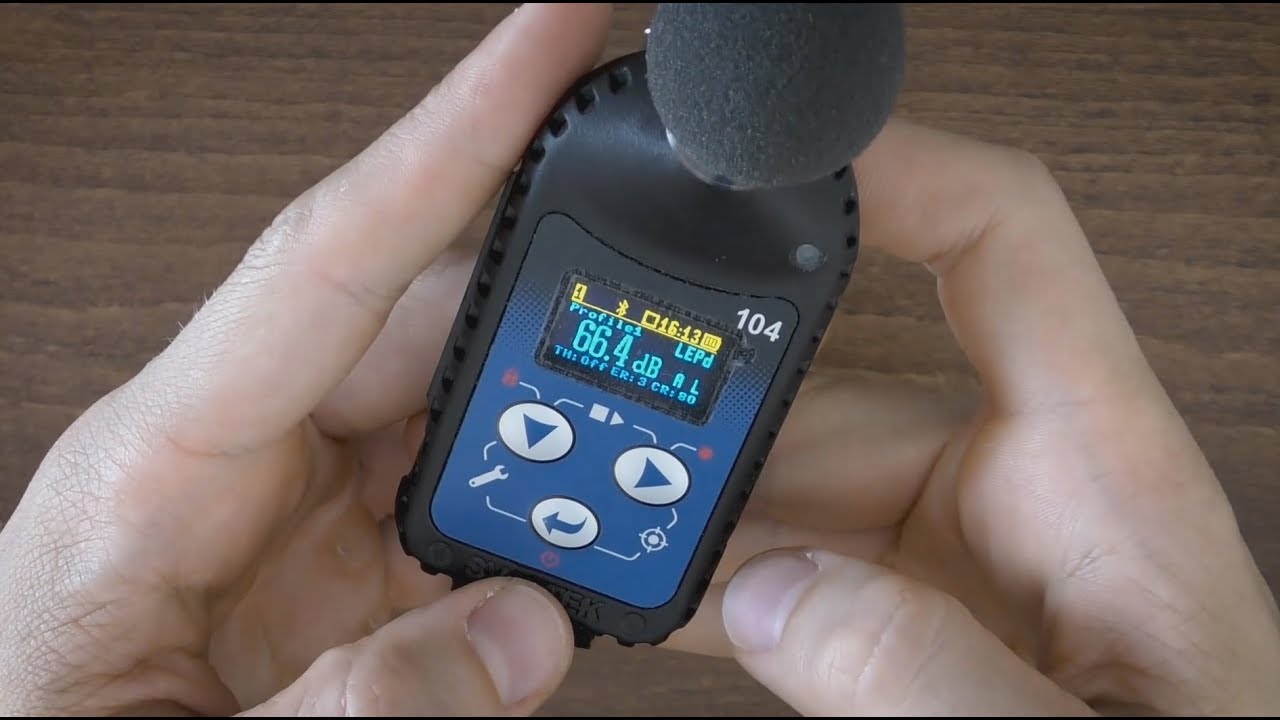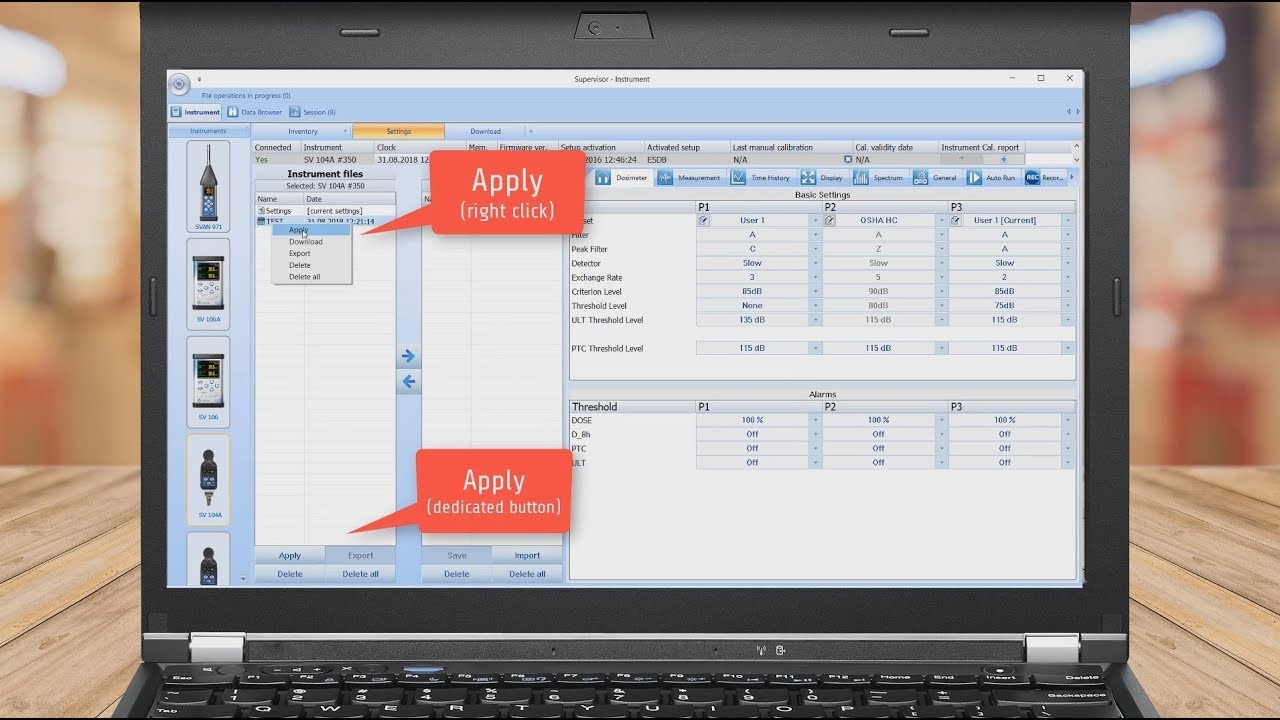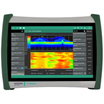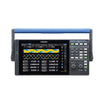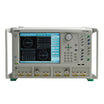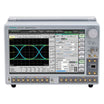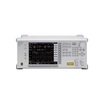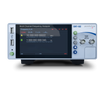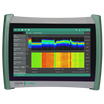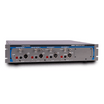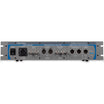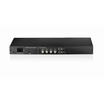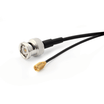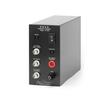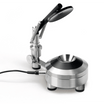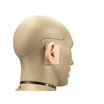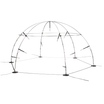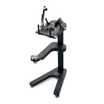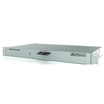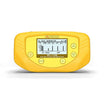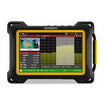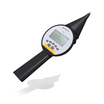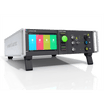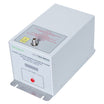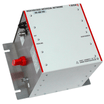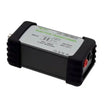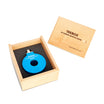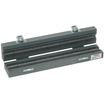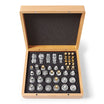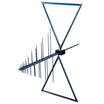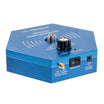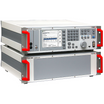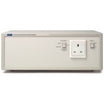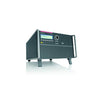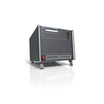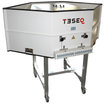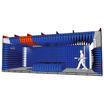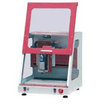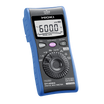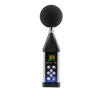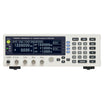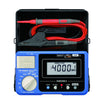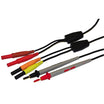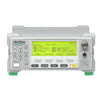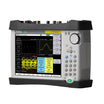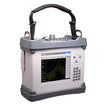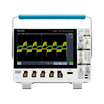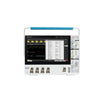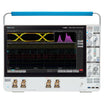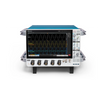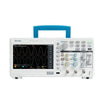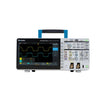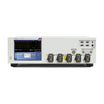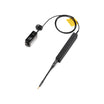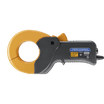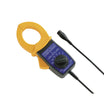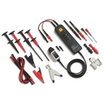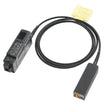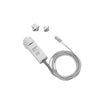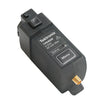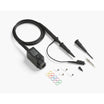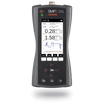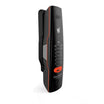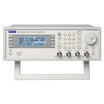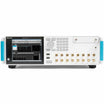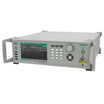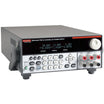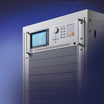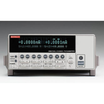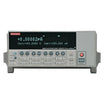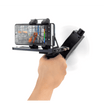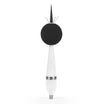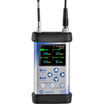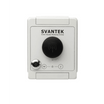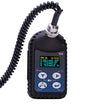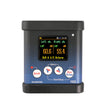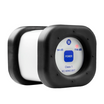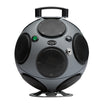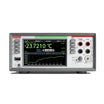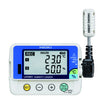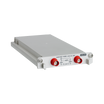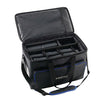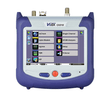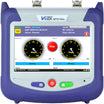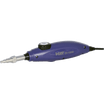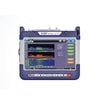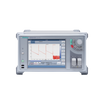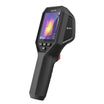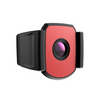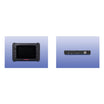Occupational Noise
Acoustic noise measurements
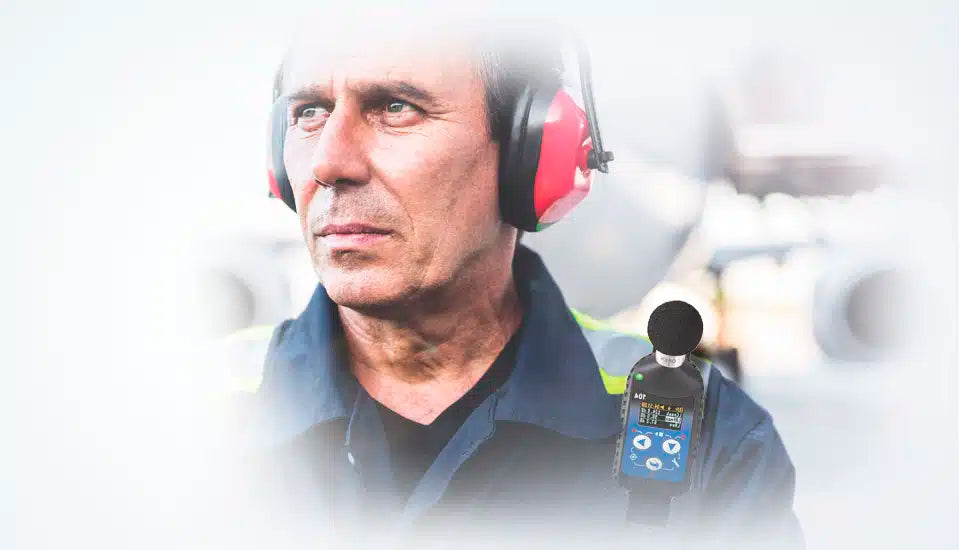
Occupational noise is a type of acoustic noise that results from work activities. Typical noise sources are machines, tools, and other work equipment generating loud noise. Occupational noise levels are typically measured in decibels and expressed as a percentage of the daily exposure limits as noise dose. The most popular approach to occupational noise measurement is to take 8-hour measurements with wearable sound level meters called noise dosimeters. This way, the overall amount of sound exposure over 8 hours is obtained and transformed into a noise dose.
Employee noise exposures
To protect workers from occupational noise, employers must implement engineering and administrative controls. Engineering controls involve making changes to the way equipment is used or designed. Administrative controls involve changing the way work is done to reduce exposure to occupational noise. For example, an employer might provide earplugs or earmuffs for workers who are exposed to occupational noise. Employers must also create a hearing conservation program if workers are exposed to occupational noise levels that exceed the permissible exposure limit. The hearing conservation program must include annual audiometric testing and training on how to reduce exposure to occupational noise.
Noise Measurement Method
Assessment
Workplace noise measurement PDF
Learn about methods of workplace noise measurement with the use of octave band analysis. In noisy areas, sound measurement instruments are used to perform noise surveys. The equivalent sound level is the measure of noise that takes into account the fact that our ears respond to sound frequencies differently. In general, noise levels above 85 dB can cause hearing damage. Hearing loss is also affected by noise frequencies. That's why it's important to know how to measure noise levels and how to use octave band filters. By using the right sound measurement instruments, you can make sure that noisy areas are kept safe for both workers and the general public.
Noise Measurement Techniques
Standards
Occupational noise measurement and control in the United States
In the United States, OSHA 1910.95 is used to determine occupational noise exposure. The Occupational Safety and Health Administration (OSHA) has established noise exposure limits to protect workers from the harmful effects of occupational noise. OSHA’s permissible exposure limit for occupational noise is 85 dBA for an eight-hour workday as noise exposure above this level can result in hearing loss.
ISO9612 and the EU Noise Directive in Europe
Occupational noise measurement in the United States is almost identical to measuring noise in Europe. In both cases, the objective of noise exposure testing is to keep employees from suffering hearing damage. Both in Europe and US, the noise exposure is shown as a decibel level extrapolated to 8 hours. The calculation is extrapolated if the measurement lasts less than 8 hours, e.g., 7 hours, and it is calculated as though it had lasted 8 hours. The only significant changes are in the indicators: US regulation uses noise dose, whereas EU uses LEX noise exposure level. As a result, it is critical to understand how exposure is determined as well as the limits it is compared to.
Noise Dose
The noise dose results in the percentage of a daily permissible limit for noise exposure, as defined. The OSHA standard 1910 specifies that the dose is the indicator of 8-hour noise exposure and offers instructions on how to calculate it based on the sound level.
LEX 8h-eight hours of exposure
The daily noise exposure level (LEX, 8h) has been established by ISO 1999 as the most important indicator of noise exposure in Europe. The LEX, 8h is an 8-hour extrapolation of LAeq measured over the working hours.
Noise exposure limits
Following the OSHA 1910.95 standard, it is necessary to provide hearing protection for workers whenever noise exposures equal or exceed an 8-hour time-weighted average sound level (TWA) of 85 decibels measured on the A scale (slow response) or, equivalently, a dose of fifty percent.
The OSHA 85 decibel limit is the EU Noise Directive’s upper action value, which sets up limits for LEX, 8h:
- 87 dBA as the daily limit
- 85 dBA as the upper action value
- 80 dBA as the lower action value.
Exposure to the peak noise limit
Together with LEX, 8h, the LCpeak should be measured, which limits are, accordingly, 140, 137, and 135 decibels C-weighted, following the EU Noise Directive.
A, C, and Z-weighted noise measurements
IEC 61672 specifies frequency weighting as a difference between the frequency-weighted level indicated on a meter’s display and the corresponding input signal. The goal of the use of frequency weighting is to build an electronic circuit whose sensitivity varies with frequency like that of the human ear. Hence, frequency weighting is a function of frequency.
The A-weighting is most frequently utilized since it processes the incoming signal similarly to how the human ear does. The C-weighting uses less attenuation at low frequencies and is typically used for peak measurements. A Class 2 sound level meter should have at least an A frequency weighting. Class 1 sound meters should also have C weighting. Frequency Z-weighting is optional as it is used mostly for frequency spectrum weighting.
Low-frequency noise measurements
Low-frequency noise is called infrasound. By ISO 7196, the term “infrasound noise” refers to noise in frequency spectra between 1 and 20 Hz. Infrasound is linked to all forms of human activity, including social and workplace settings. Infrasound can originate from both natural and man-made sources. Examples of natural sources include earthquakes, waterfalls, and sea waves. In the work environment, sources of infrasound include vehicles, industrial machinery, compressors, ventilators, or air conditioning. Humans can hear infrasound sounds, but they can also sense them through vibration receptors that are located all over the body. The infrasound measurements are performed with a G-weighting filter or with the use of a 1/3 octave analysis.
Ultrasonic Noise Exposure
The nominal frequencies of technological ultrasonic devices, or sources of ultrasonic noise in the workplace, such as ultrasonic washers and ultrasonic welding machines, are in the range of 18 kHz to 40 kHz. Ultrasonic noise, which is defined as noise with high audible and low ultrasonic frequencies between 10 kHz and 40 kHz, is listed as a factor that is damaging to health in the workplace. The infrasound measurement is performed in 1/3-octave bands from 10 kHz to 25 kHz (or up to 40 kHz).
Hand-arm vibration syndrome
Hand-arm vibration syndrome (HAVS) is a condition that can develop from exposure to vibrating tools and machinery. The condition is characterized by pain, numbness, and tingling in the hands and arms. In severe cases, HAVS can lead to permanent damage to the nerves, blood vessels, and joints. Some of the most common symptoms of HAVS include vibration induced white finger (Raynaud’s phenomenon), reduced grip strength and blood flow in one or more fingers, and loss of sensation in the fingers. The condition is caused by repeated exposure to vibrations, which damages the blood vessels and nerves in the hands and arms. HAVS is most commonly seen in people who use vibrating tools regularly, such as jackhammers, power saws, and sanders. The best way to prevent HAVS is to wear gloves and other protective gear when using vibrating tools. If you think you may have HAVS, it is important to see a doctor so that you can get treatment and take steps to protect your health.
How to avoid hand-arm vibration syndrome?
To reduce exposure risk, employers should provide workers with personal protective equipment, such as anti-vibration gloves, and educate them on vibration limits. Employers should also implement engineering controls, to reduce the use of tools that generate too much vibration. Implementing a job rotation also prevents exceeding vibration limits. By taking these precautions, employers can help protect workers from hand-arm vibration syndrome.
Hand-arm vibration syndrome tests
The tests commence with a measure of grip strength and finger dexterity. Neurological tests involve the determination of vibrotactile perception thresholds (using the Vibrotactile Perception Meter) and thermotactic perception thresholds for hot and cold (using the Thermal Aesthesiometer). The test measures the individual’s ability to detect changes in vibration and temperature. The subject’s threshold is the minimum intensity required to produce a feeling of vibration or heat. A lower threshold indicates a more sensitive touch. The test is important in determining whether an individual has any loss of sensation due to nerve damage. It can also be used to assess the efficacy of treatments for conditions such as diabetes, which can cause peripheral nerve damage.
Carpal tunnel syndrome
Carpal tunnel syndrome is a condition that affects the hand and arm, causing numbness, tingling, and pain. The syndrome is caused by the compression of the median nerve, which runs from the forearm to the hand. The syndrome can be caused by repetitive motions of the hand and arm, such as typing or using a mouse. The syndrome can also be aggravated by hand-arm vibration syndrome, which is caused by exposure to vibrations from hand held vibrating tools such as power drills. The severe symptoms condition requires clinical assessment and can be treated with splints or surgery. Carpal tunnel syndrome can also be prevented by maintaining good blood flow to the hand and arm and avoiding repetitive motions.
Videos:

